Let me give you a little context on why I decided to visit a former cannibal tribe’s skull cave in Papua New Guinea—because yeah, I know it sounds a little wild. I’m a solo female traveler, a blogger, an “influencer” if we must go there, and most importantly, a relentless enthusiast for going where most people won’t. If you’ve ever Googled a country followed by “is it safe?”, chances are I’ve already been there—probably barefoot, with sketchy Wi-Fi and zero regrets.
So when the chance came up to collaborate with an NGO in Papua New Guinea—a place still cloaked in myth, mystery, and more than a few modern misconceptions—I packed my bags faster than you can say “Level 4 Travel Warning.” And just to be clear: it’s nearly impossible to find a legit tour company there, and showing up solo isn’t just bold, it’s actually dangerous. Crime is a real concern, and logistics can be… let’s call it “creatively unpredictable.”
More info: mylifesamovie.com | Instagram | Facebook
I decided to make a solo trip to Papua New Guinea, yet my journey got off to a predictably chaotic start
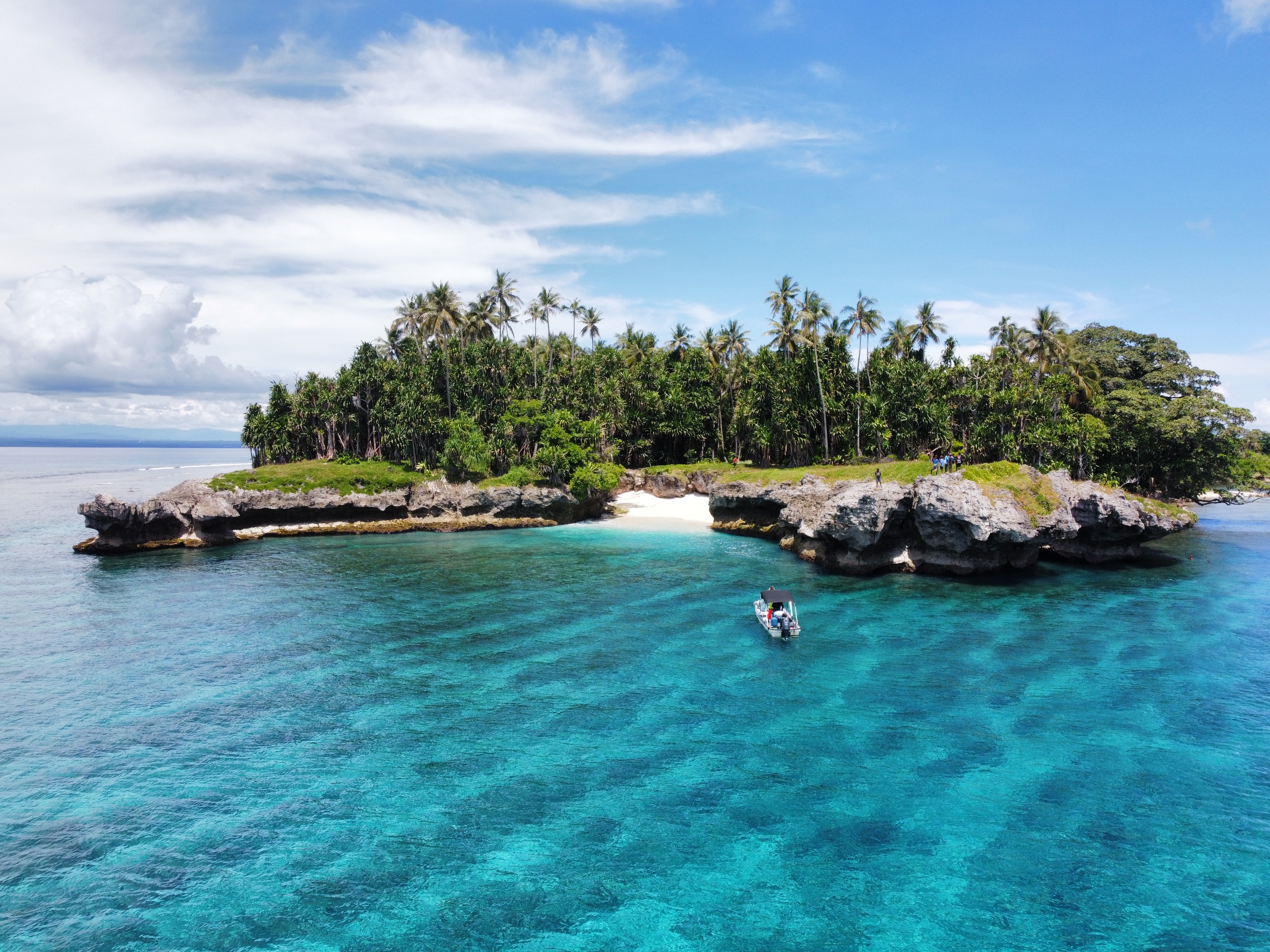
I’ll admit it—I was pretty terrified heading into “infamously dangerous Papua New Guinea” alone. Especially since the journey got off to a predictably chaotic start. Logistics in PNG are… let’s say, creative. Domestic flights operate like your favorite situationship: constantly canceling, rescheduling, and ghosting you for no apparent reason.
Our original plan was to reach the Highlands, home to over a thousand distinct tribes still proudly practicing their ancient traditions—think feathered headdresses, face paint, warrior dances, the whole National Geographic dream. (I did eventually make it there the following year.) But the flights weren’t cooperating, so we pivoted. Hard.
Instead, we caught a plane to an island that, to my great surprise, had an actual lodge—complete with beds, coconuts, and coral reefs. It felt suspiciously vacation-like… until the staff casually offered me a “very special” excursion: a boat trip to meet a remote tribe that used to practice cannibalism and now hosts visitors to see the skulls they once collected and placed in sacred caves.
The original plan was to reach the Highlands, yet instead I caught a plane to an island that had an actual lodge—complete with beds, coconuts, and coral reefs
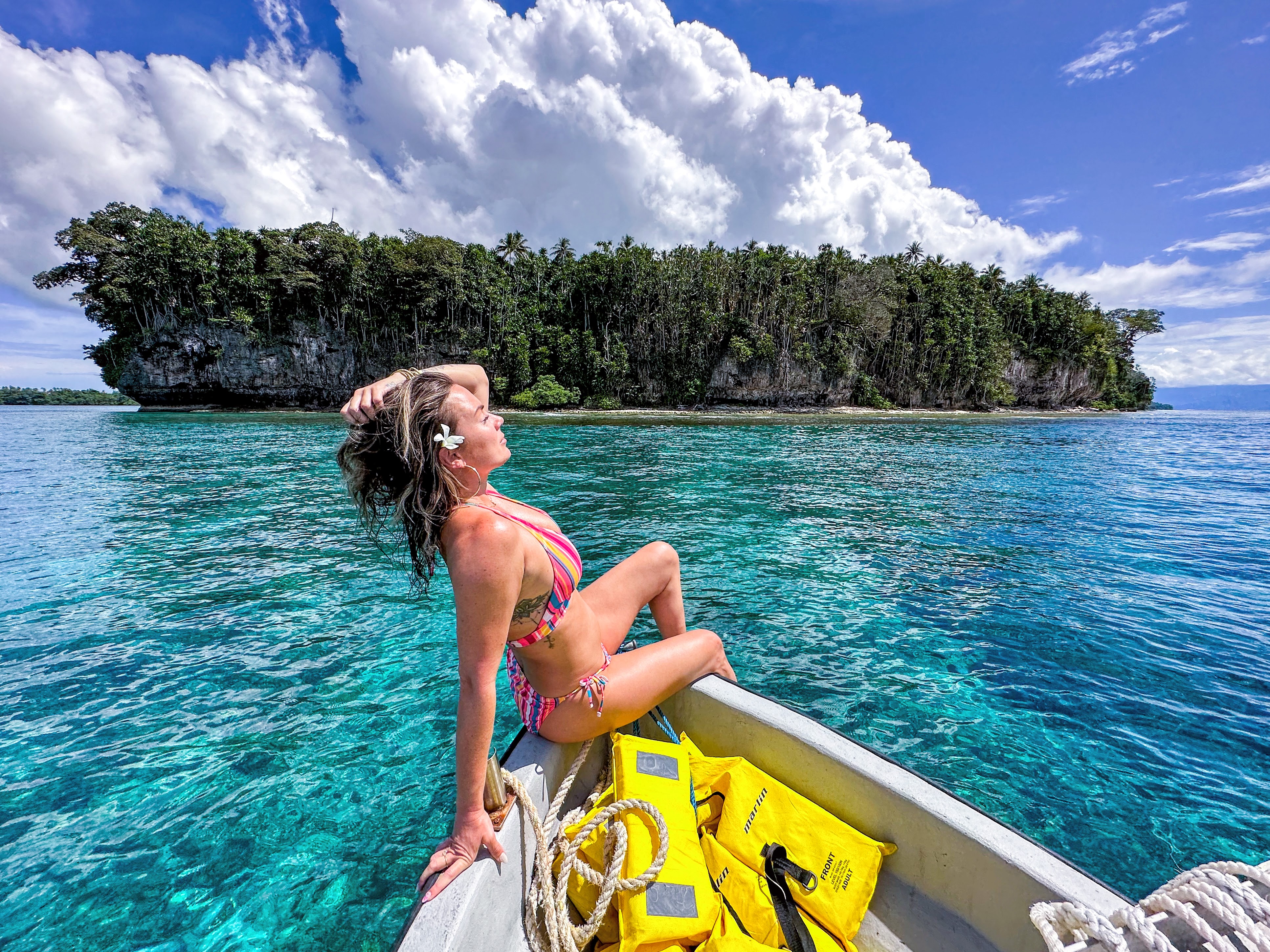
It all felt like a casual island vacation, right up until the staff casually suggested a visit to sacred skull caves once used by a remote cannibal tribe
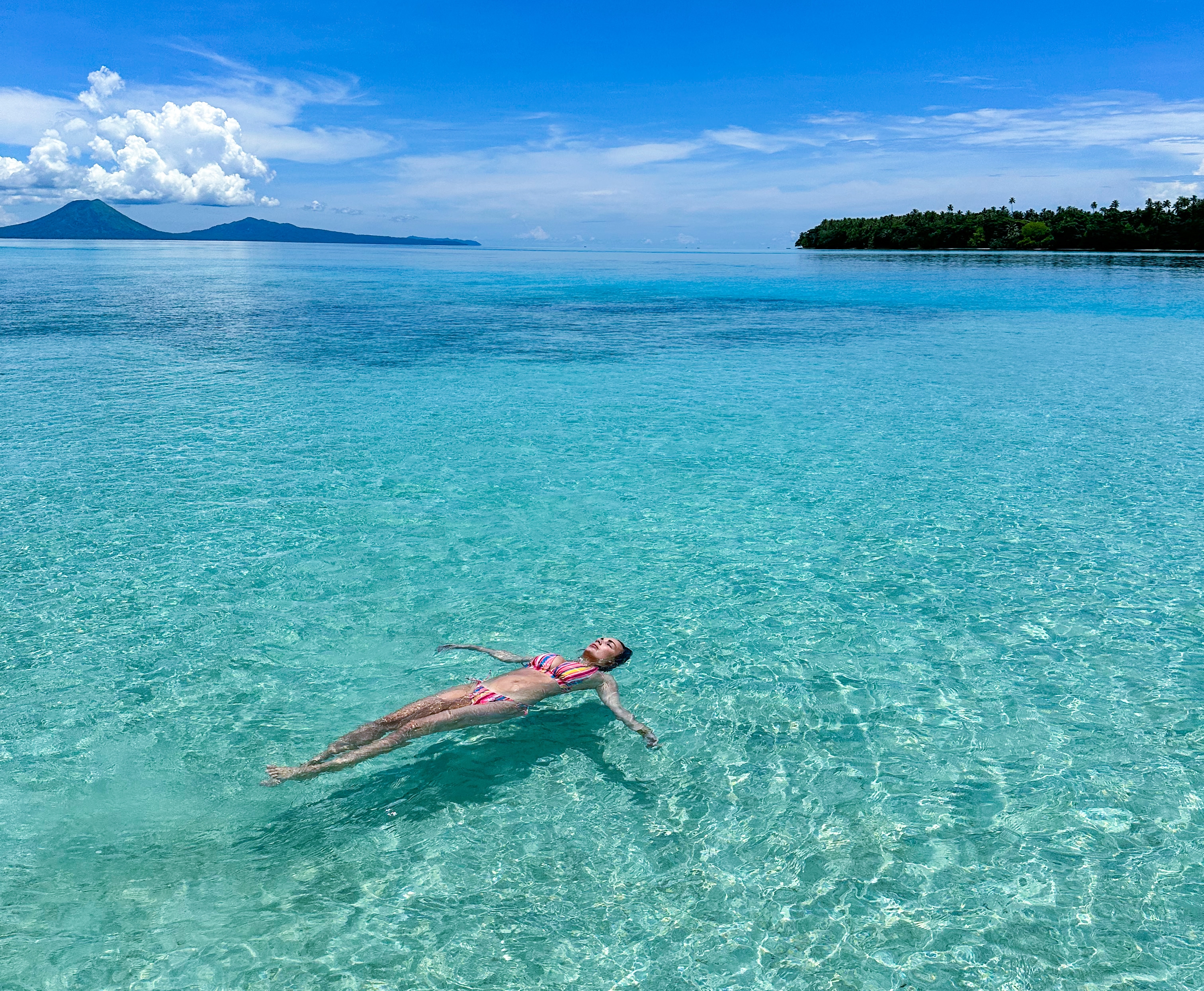
Naturally, I said yes. (Obviously.)
What I didn’t expect? That “remote island tribe” didn’t mean an easy walk from the beach. Nope. Accessing the caves was a whole other adventure—one that had very little in common with piña coladas and a whole lot more to do with fog, barefoot jungle treks, and a very broken sandal.
Before stepping in, I wanted to understand the “why” behind it all. Because in Papua New Guinea, cannibalism wasn’t driven by savagery, but by deeply held beliefs and cultural practices
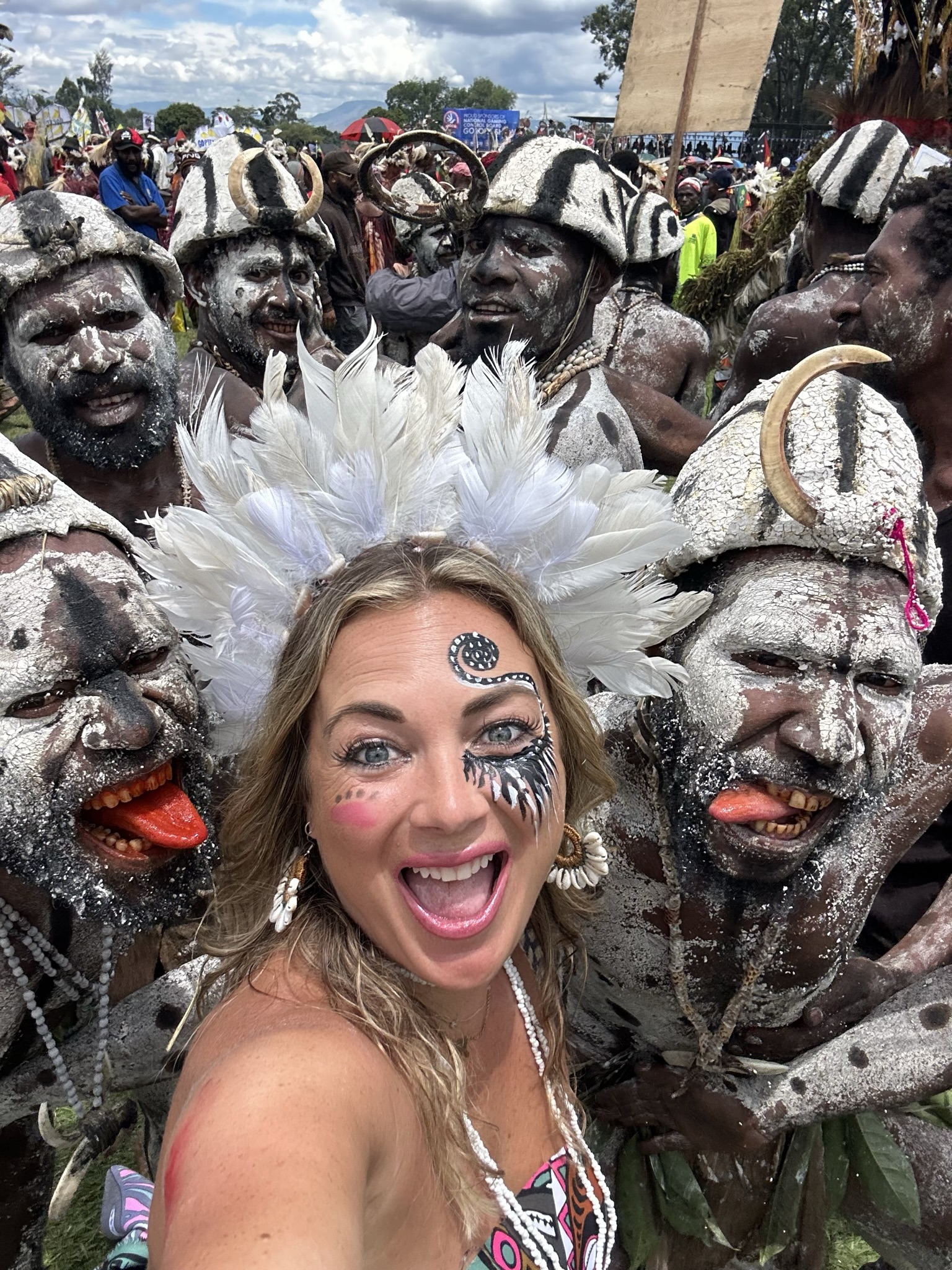
Before we dive into skulls—literally—it’s important to understand why cannibalism existed in Papua New Guinea. It wasn’t about bloodthirst or savagery; it had deep cultural meaning. Some tribes practiced endocannibalism—consuming deceased loved ones as an act of reverence, believing it helped their spirits live on. Others did it as a psychological defense in tribal warfare. For example, if a boat full of European colonizers tried to land in their village, they’d be killed, “eaten,” and the bodies buried with just the heads sticking out of the sand along the beach… as a clear warning to the next curious crew. And honestly? It worked.
The practice mostly faded out in the 1950s and ’60s, when missionaries and colonial authorities imposed outside laws and beliefs. But the echoes are still there—physically, socially, and in whispered stories passed down through generations. Some elders may have once been part of it. Their children and grandchildren are still around, and still carrying that history. (It’s a delicate subject, though—so read on and leave the asking to your guide.)
The second we reached the island, my sandal broke, leaving me to trek through former cannibal territory barefoot like some underprepared reality show contestant
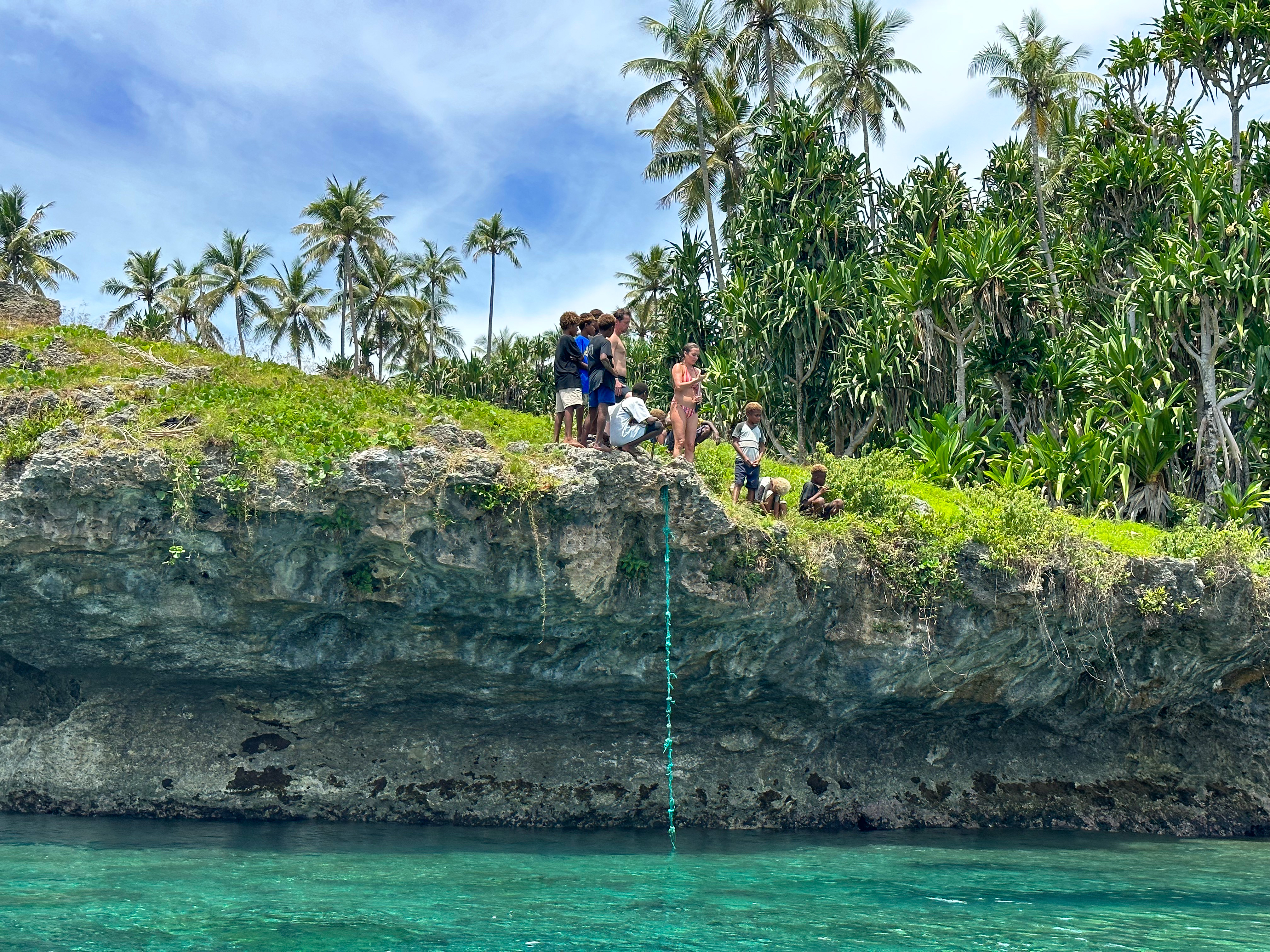
As the universe often does with me—since “my life’s a travel movie,” after all—it decided to add a dose of drama. We set out on a small fishing boat, slicing through cold rain and fog thick enough to bottle. The kind of cinematic tension that makes you wonder if your travel insurance covers spiritual hauntings.
We eventually reached the shore—the jungle dense, the silence even denser. And just as I leapt off the boat to explore this former cannibal island… my sandal broke. Perfect. Now barefoot, wrapped in a locally made cotton dress (because I’d pictured a breezy tropical stroll, not Survivor: Jungle Edition), I stood there looking like the least-prepared contestant ever. My host asked if I wanted to turn back to the lodge, and obviously I said no. He offered me his very appropriate hiking shoes, but I looked over at the barefoot locals and decided that if they could do it, so could I.
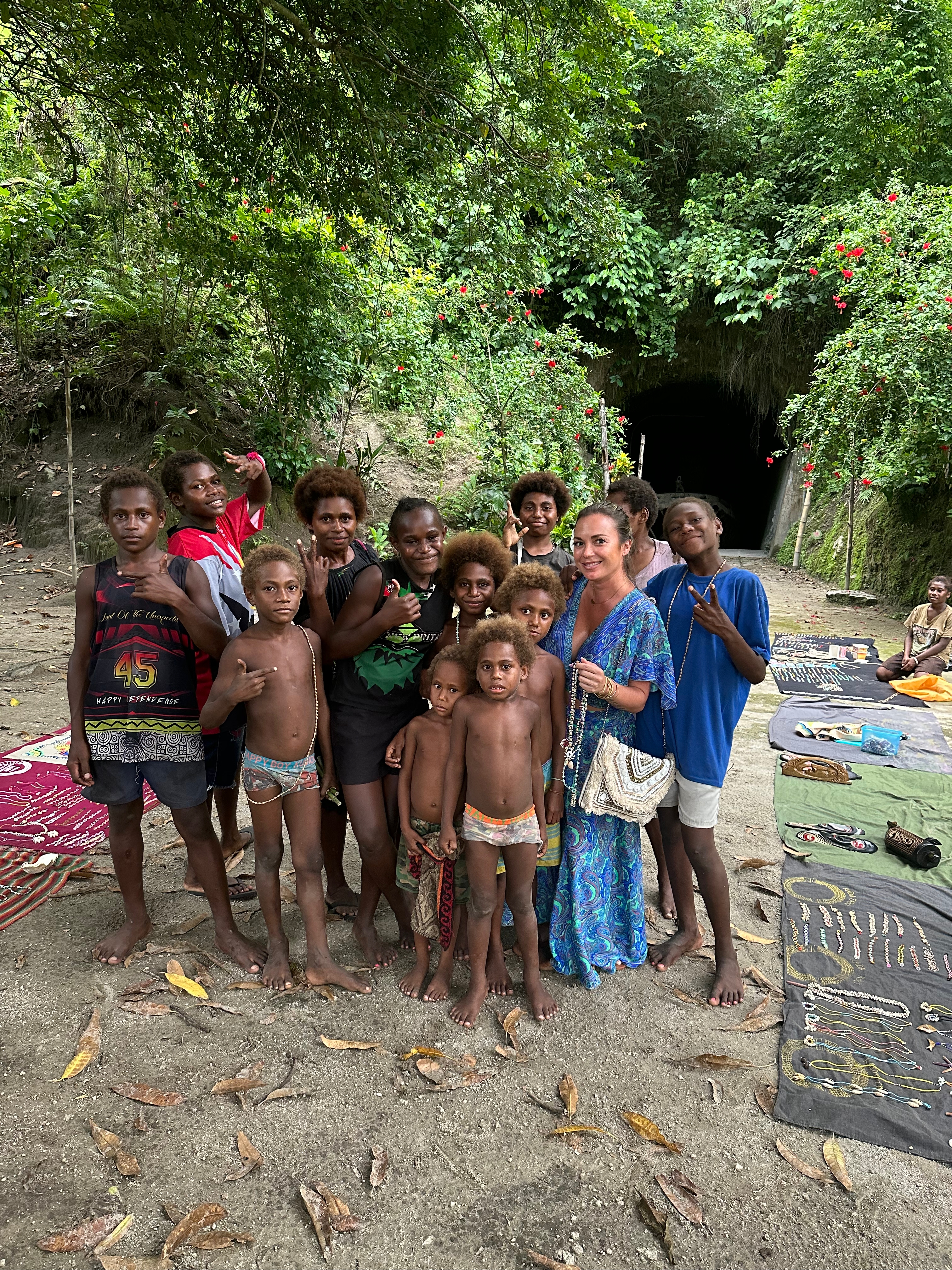
The villagers sat quietly with handmade trinkets arranged before them, eyeing us with cautious curiosity. It wasn’t hostility—it felt more like a mirror of our own nervousness. After all, they’ve been stereotyped for generations. And here we were: wide-eyed foreigners, showing up to poke around in their darkest history.
Our local guide led us deep into the jungle. Cannibals? Spirits? Ghosts? Nope—my biggest concern was slicing my foot open or stepping on a battalion of ants. But surprisingly, the mossy forest floor was soft—almost spongy—and the surrounding plant life was absolutely breathtaking.
After about thirty minutes of walking, there it was: the skull cave.
At first glance, it looked like an ordinary cave entrance—just a dark gap in the rock—until we stepped inside and saw a haunting collection of human skulls
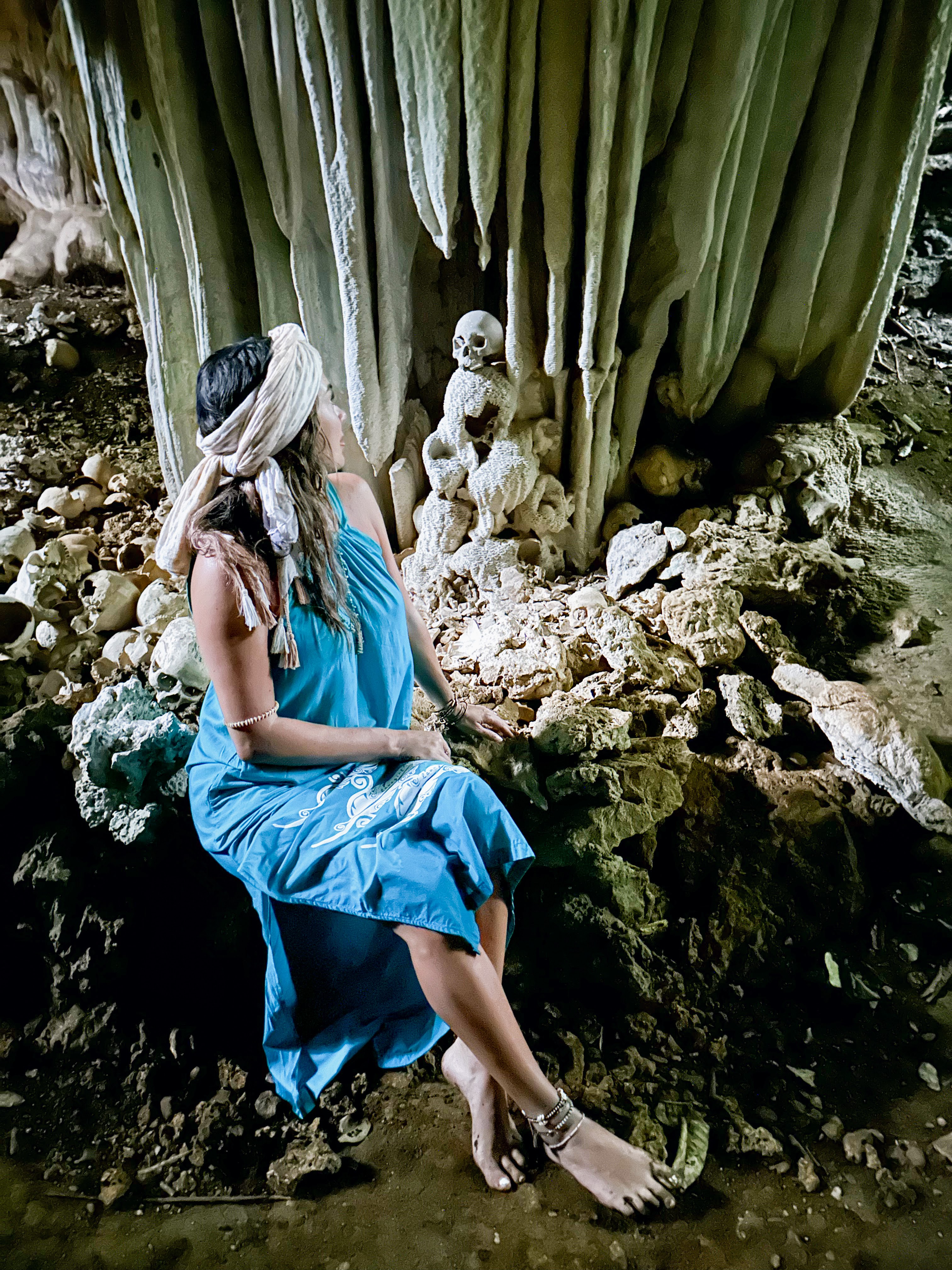
It looked unassuming from the outside—just a dark hole in the stone, tangled in vines. But the moment I stepped inside, the past hit me like a cold gust. Of course, since I was busy snapping a million photos and videos (for my, uh, documentary purposes—like this post), I got left behind and had to scramble through the darkness to catch up. When I finally reached the back of the cave, I saw the light—and then the guide’s flashlight swept across the wall. Suddenly, hundreds of human skulls stared back at us. Stacked. Lined. Piled.
They were echoes of lives long gone.
While I was trying to process what I was seeing and thinking of heading back, the guide invited us to see the second cave
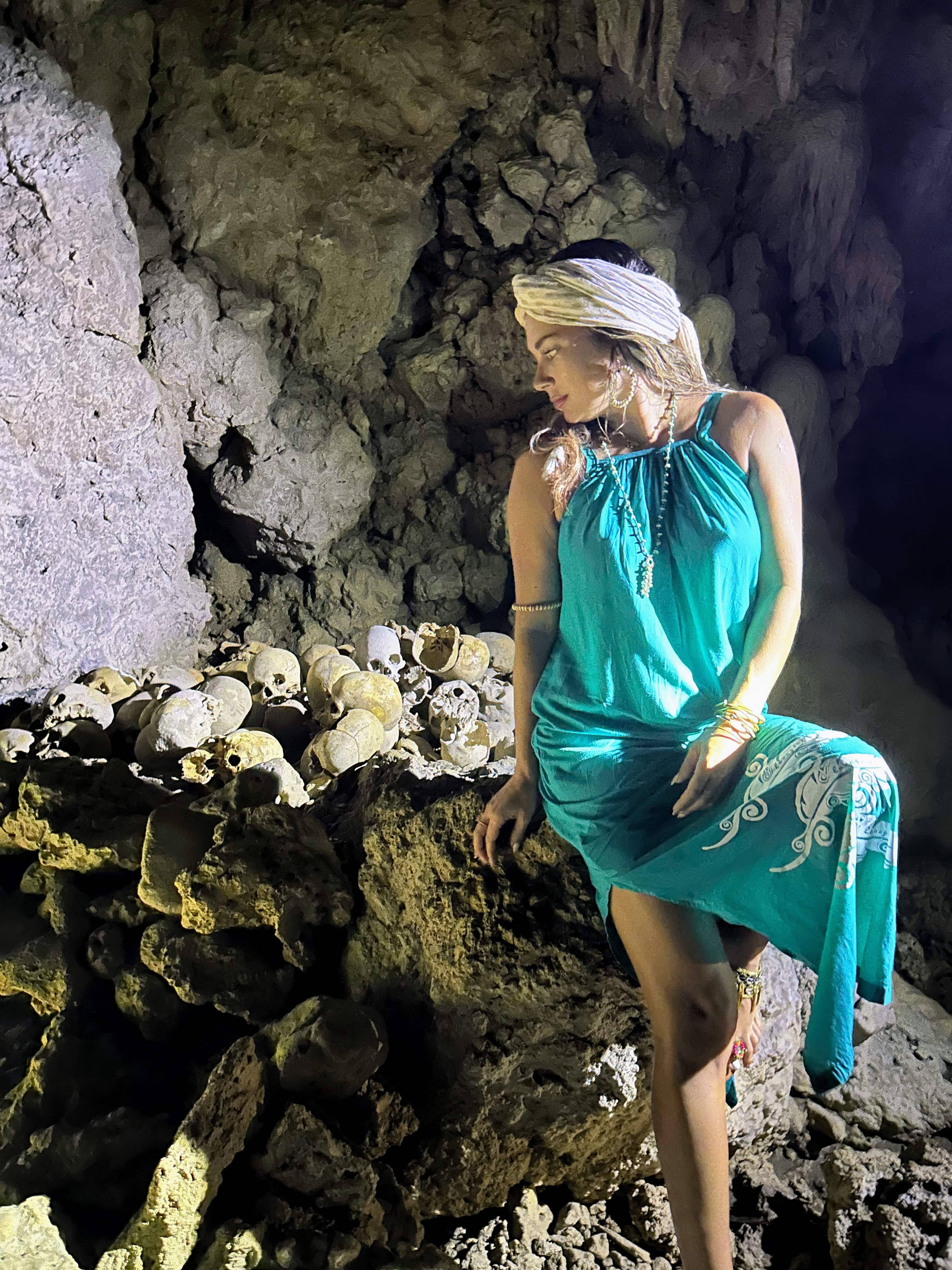
The guide casually picked one up and tried to hand it to me for a photo (!). I jumped back instinctively, then politely declined—I wasn’t ready to be haunted by someone’s great-great-grand-uncle for the rest of my life.
I stood there, trying to process what I was seeing. Who were these people? Invaders? Colonizers? Rival tribes? There were no signs, no names, no neat museum captions. Just skulls. No other bones—only skulls. I had so many questions.
Just when I thought it was time to head back, my NGO host asked about a second cave. The guide hesitated—clearly reluctant—but eventually agreed to take us there.
What we found in a second skull cave was unlike anything I’d ever seen: the mineral-rich water had slowly crystallized the skulls so they were glittering like some kind of art sculptures
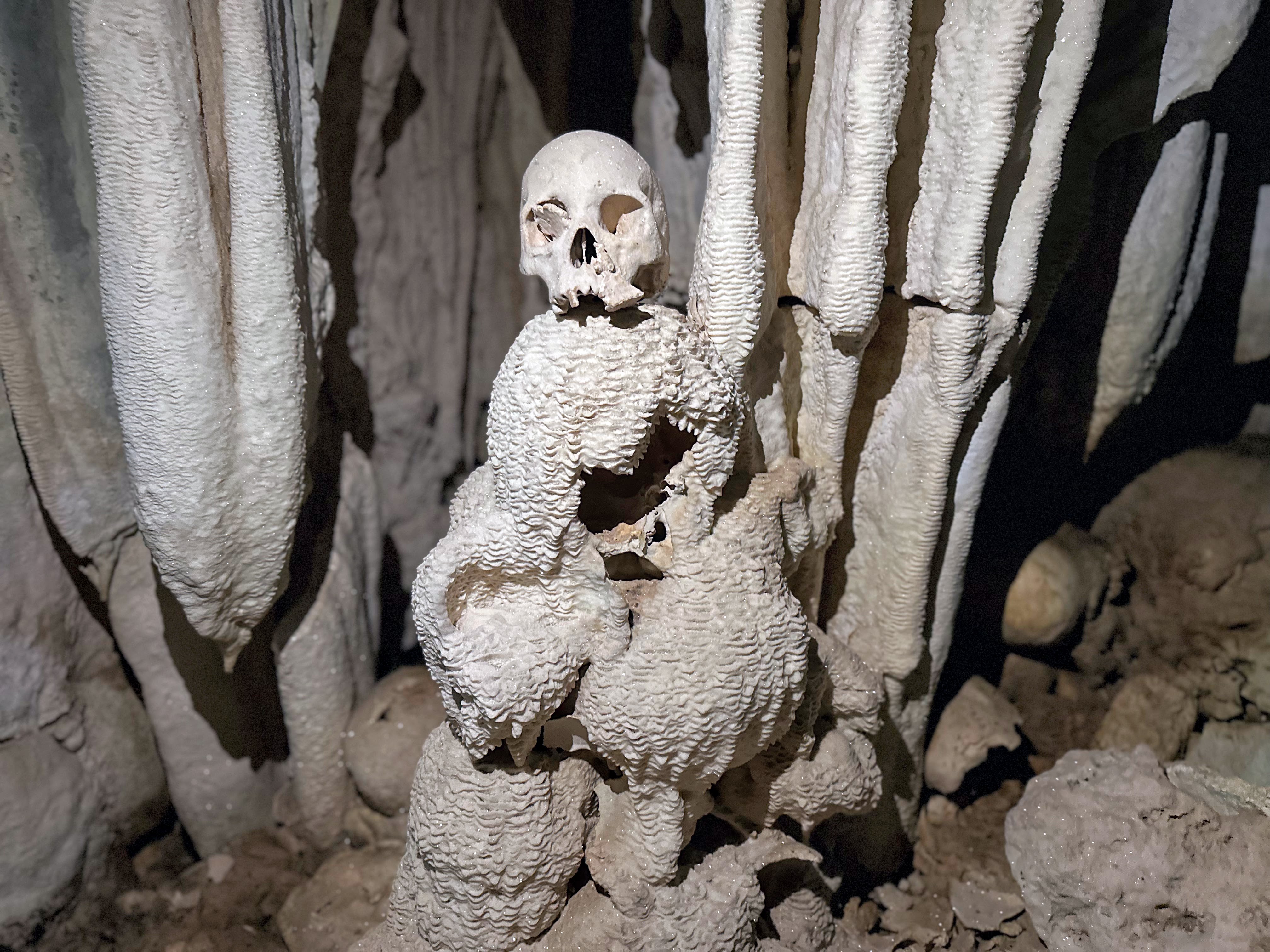
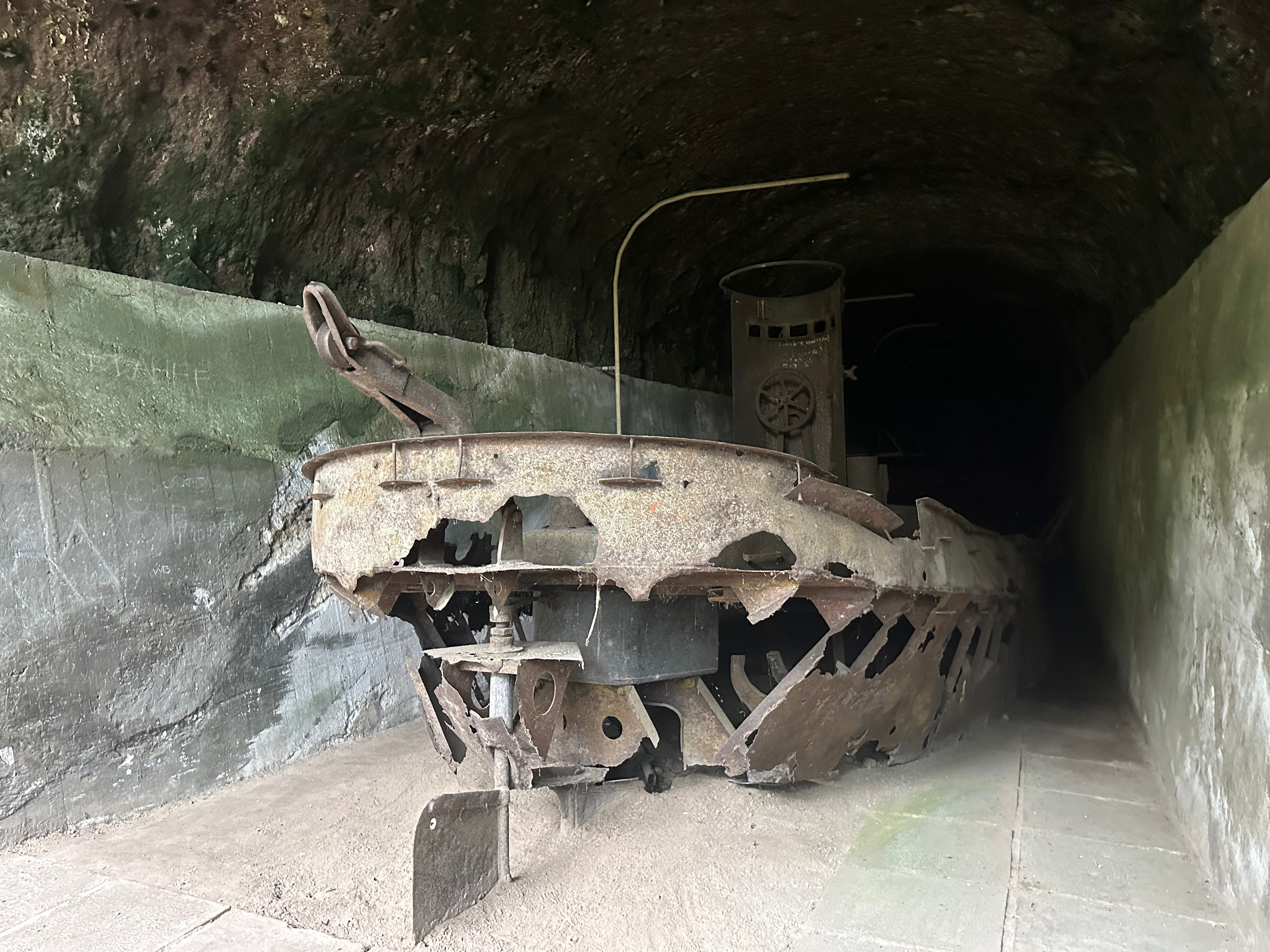
This second cave was much harder to reach—and judging by the complete absence of a trail, it was pretty clear this wasn’t a spot they usually took visitors to.
But once we got inside, I was struck by how beautiful it was. Way bigger than the first, it looked like something out of a fantasy movie—stalagmites, stalactites, the whole surreal underground landscape. I followed the guide through the dimly lit cavern until he stopped abruptly. That’s when I realized: this cave wasn’t just eerie. It was next-level eerie.
On one stone platform, the skulls weren’t just resting. They were glittering. Like someone had dusted them with shimmering powder on purpose. Except… they hadn’t.
The villagers had arranged several skulls in a kind of tiered shrine beneath a dripping stalactite, and over decades—maybe longer—the mineral-rich water had slowly crystallized them. These weren’t just bones anymore. They were macabre geodes. Death transformed into art by nature’s quiet, unhurried hand. It was haunting. It was strange. And—I’ll admit it—it was weirdly beautiful. The crystallization alone was proof of how long these remains had been resting there.
My most unforgettable day in Papua New Guinea ended with me jumping fully clothed into a hidden jungle waterfall
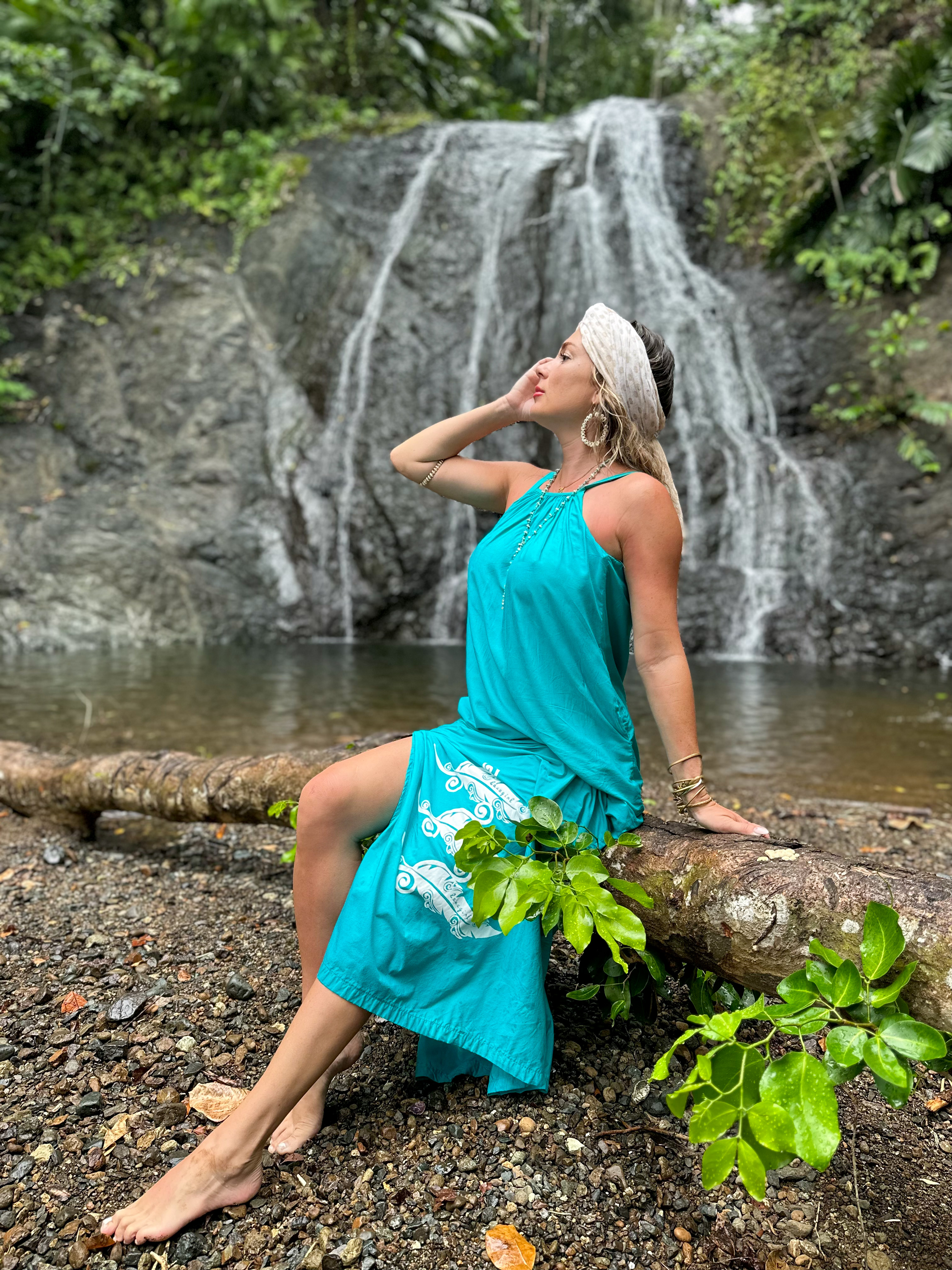
After that, we needed a serious vibe shift.
Thankfully, our next stop was an unexpected jungle waterfall. I jumped in fully clothed like a soggy sacrament of emotional reset. But even with the rush of cold water and a fresh coconut in hand, my brain couldn’t shake the images. I kept wondering—was someone in the village once connected to one of those skulls? Was there anyone alive who remembered that history? I tried not to dwell on it, not out of fear, but because I didn’t want to reduce the moment—or the place—to a horror story. Papua New Guinea deserves more than that.
Through a patient translator, I told the villagers how beautiful I thought their island was. How thankful I was for the experience. How powerful it was to share something so heavy with outsiders—and to turn it into a way to educate, and yes, to earn income. I don’t know if it all translated. But I said what I could. And then I bought nearly half their trinket table in gratitude.
Before leaving the island, I showed my gratitude by buying nearly half of the villagers’ handmade trinkets
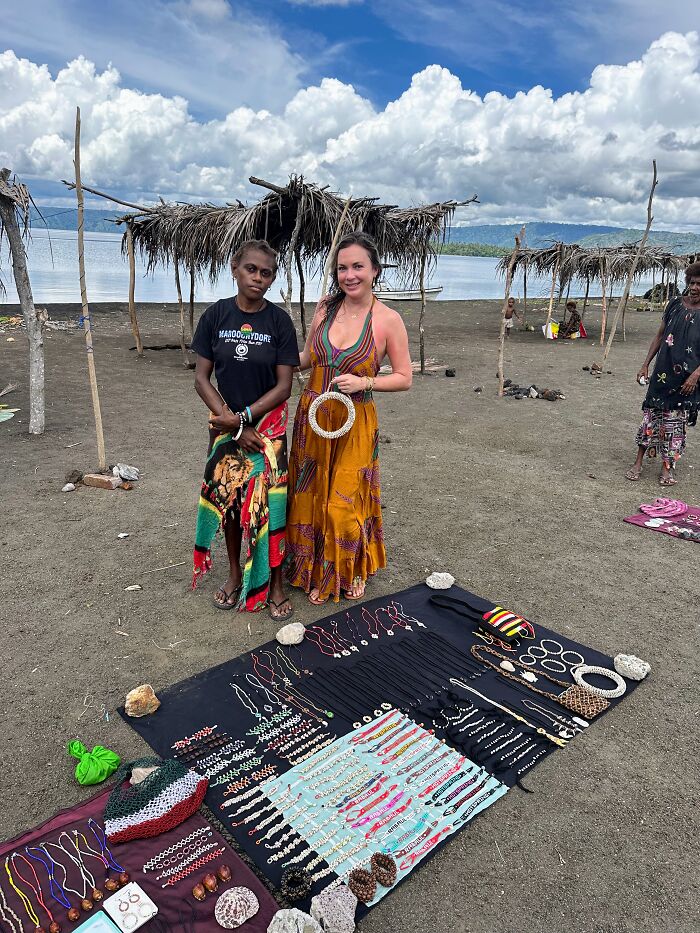
I’ve traveled a lot—from the skull towers of Laos to genocide memorials in Rwanda—but never before had I stood barefoot in a jungle cave, surrounded by actual human heads. It wasn’t just a visit. It was a reckoning.
The experience moved me so deeply that I came back a year later—leading a group of 25 on their own unforgettable journey
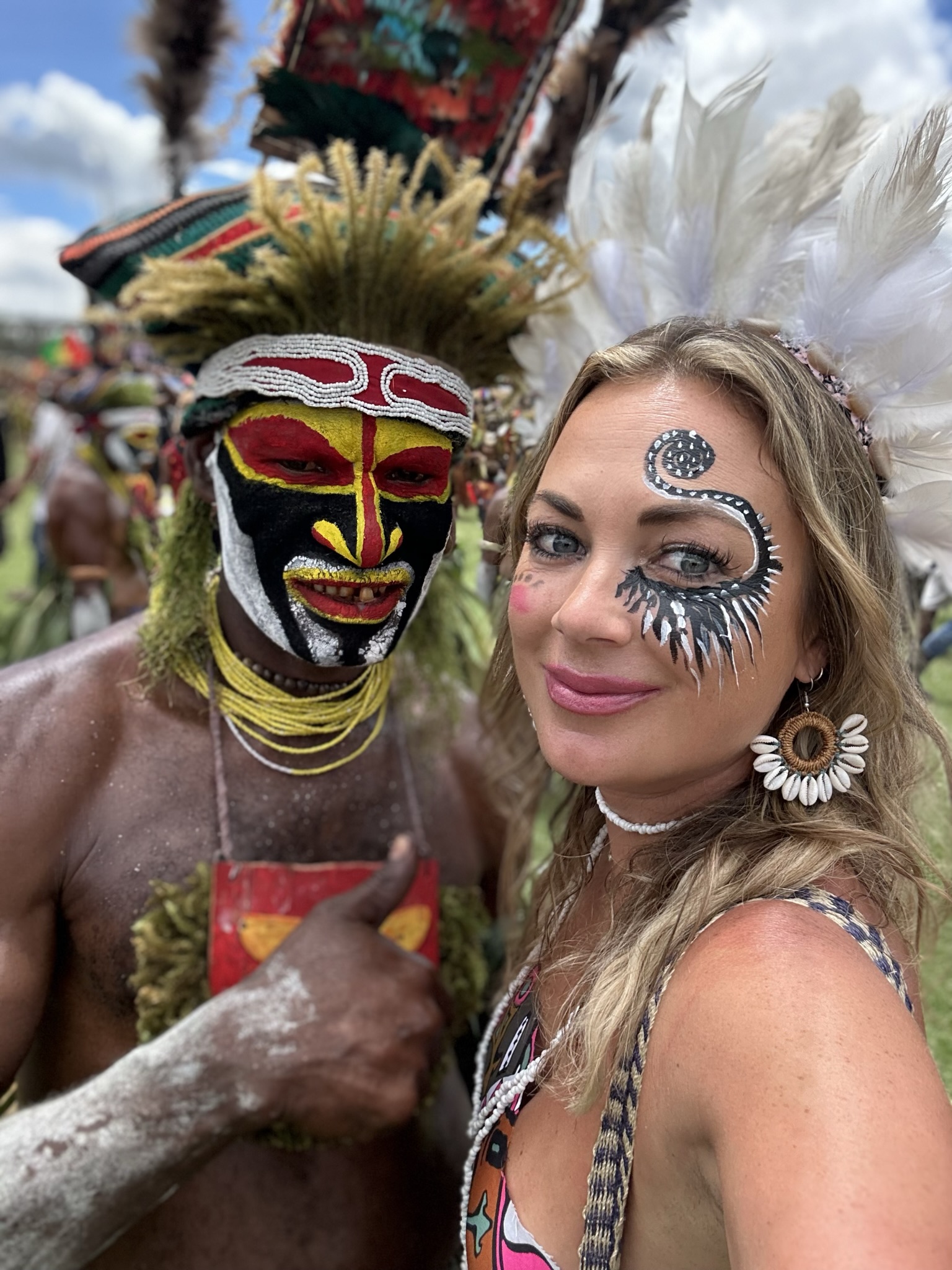
This country is so much more than the headlines suggest. I personally loved Rabaul—a paradise of coral islands where I swam with dolphins, sailed through turquoise waters, and devoured fresh lobster like I was on a Food Network vacation. I even hiked an active volcano there (in jelly shoes, no less), which honestly felt more dangerous than the skull cave.
While in Rabaul, I also had the rare honor of visiting a tribe that still practices the sacred DukDuk ceremony. Picture mysterious figures dressed like leafy orbs, performing rituals that only happen on the most special occasions. It was magical.
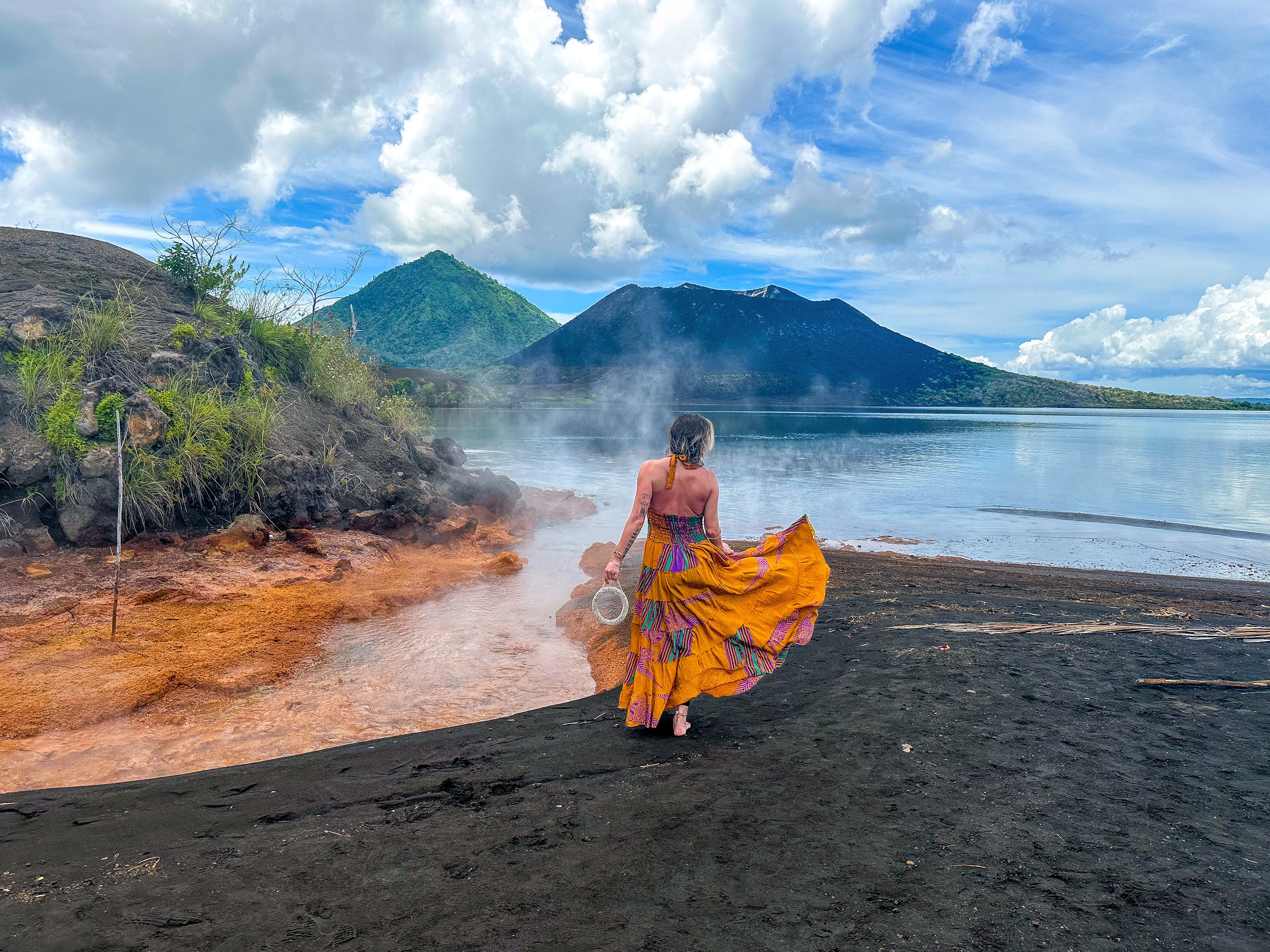
This time, we finally made it to the Highlands for the Goroka Show—where tribes gather in full regalia, adorned with feathers, paint, and pride, to celebrate their culture through dance, not fear
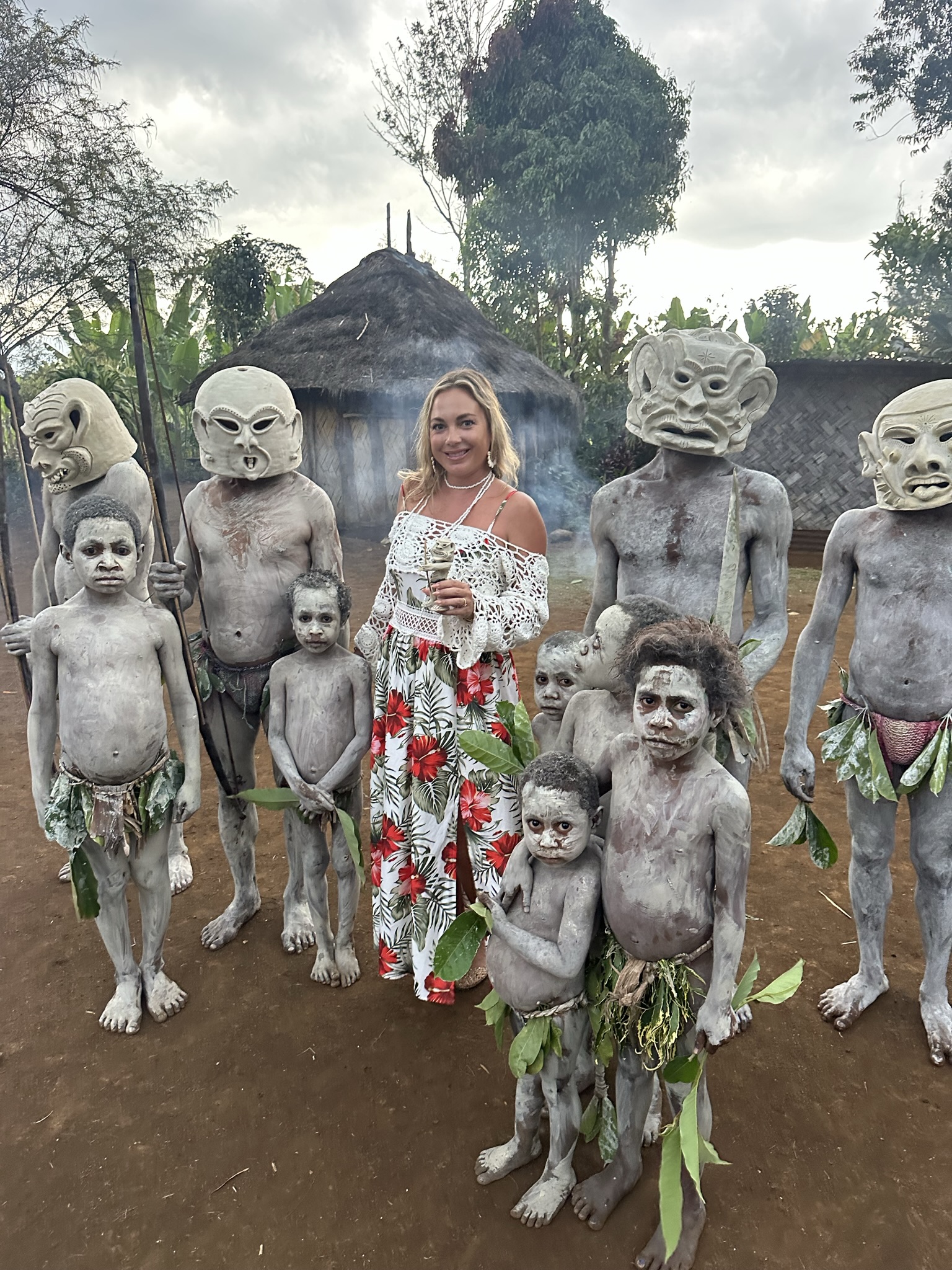
And yes—I loved PNG so much, I actually went back the next year. This time with 25 people on one of my group trips. We finally made it to the Highlands for the Goroka Show, where tribes gather in full regalia—feathers, paint, masks, and pride—and celebrate their culture through dance, not fear. I painted my face, hand-stitched a dress from local fabric, and danced with complete strangers who welcomed me like family. They were proud that foreigners came. And even prouder that we weren’t scared.
So yes, I stood in a glittering skull cave once used by cannibal tribes. Yes, I traveled alone to one of the world’s most misunderstood countries—and then brought others with me. And if I’ve learned one thing from journeys like this, it’s this:
The real danger is letting fear—or worse, ignorance—be the end of your curiosity.
If you’ve ever dreamed of visiting Papua New Guinea, but aren’t sure you want to go it alone—send me a message on social or click the Group Trips tab on my website. I’d love to show you the parts of this country that the news never does.
I went alone to one of the world’s most misunderstood places—then brought others, because the real danger is letting fear end your curiosity

from Bored Panda https://ift.tt/QpZAbw4
via IFTTT source site : boredpanda